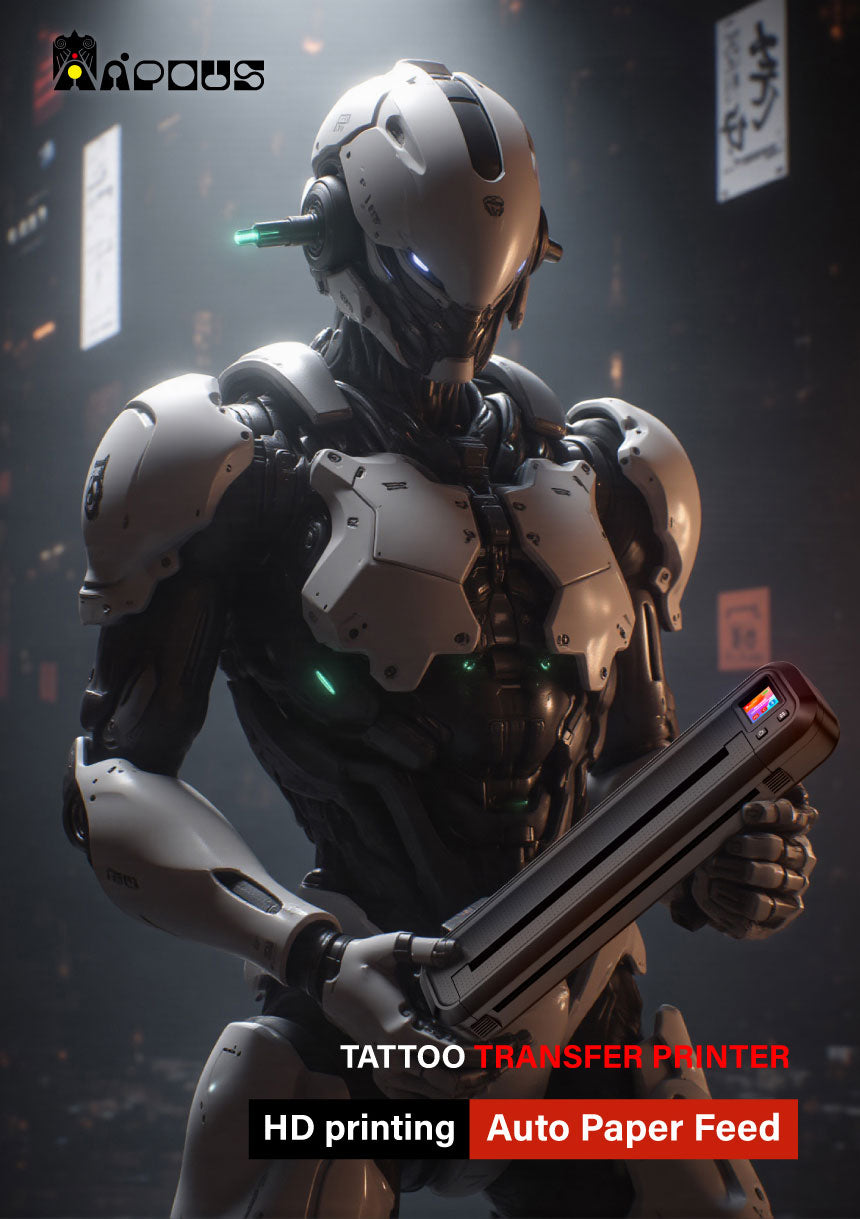Introduction
Portrait tattoos are a timeless choice in body art, celebrated worldwide for their ability to capture personal stories and emotions. Whether it’s to honor a loved one, a cherished pet, or an iconic celebrity, portrait tattoos stand out for their realism and artistic appeal. However, their complexity requires skilled execution to avoid mistakes. This article unveils the artistry behind portrait tattoos, discusses global trends, and shares practical tips for flawless results.
The Appeal and Global Trends of Portrait Tattoos
1.1 A Universal Blend of Emotion and Art
Portrait tattoos serve as a deeply personal art form, combining individuality with emotional expression. From family members to pets, or even beloved celebrities, these designs offer a permanent way to memorialize important connections.
1.2 Evolution of Styles with Modern Techniques
Advancements in tattoo technology have diversified portrait styles, including:
1. Black and Grey Realism: A classic sketch-like style emphasizing shadows and details.
2. Hyperrealism: A photo-like effect achieved through precise detailing and vibrant colors.
3. Abstract Portraits: A fusion of creativity and classic portraiture, incorporating abstract elements.

Common Mistakes in Execution and Solutions
2.1 Using Low-Quality Reference Images
Mistake: Blurred or low-resolution reference photos lead to distorted results. Solution: Always provide high-resolution, clear photos that capture essential details for accurate replication.
2.2 Neglecting Light and Shadow
Mistake: Overlooking the importance of light and shadow results in flat, lifeless designs. Solution: Master the principles of light source and contrast to create depth and realism in the tattoo.
2.3 Improper Use of Colors
Mistake: Overusing a single tone or relying on excessively saturated hues. Solution: Choose realistic skin tones and balance warm and cool colors for a natural and lifelike finish.
Keys to a Perfect Portrait Tattoo
1. Premium Equipment: Invest in professional-grade tattoo machines, needles, and inks to ensure precision and quality.
2. Practice and Skill Refinement: Hone your techniques on synthetic skin or practice models before working on clients.
3. Clear Client Communication: Understand your client’s vision and emotions to deliver a personalized design.
4. Aftercare Guidance: Provide detailed aftercare instructions to ensure optimal healing and long-lasting results.

Conclusion
Whether you’re a tattoo enthusiast or a seasoned artist, portrait tattoos demand creativity and expertise. By collaborating with skilled professionals, focusing on clear designs, and avoiding common pitfalls, you can achieve a masterpiece that beautifully captures emotions and stories.








0 comments